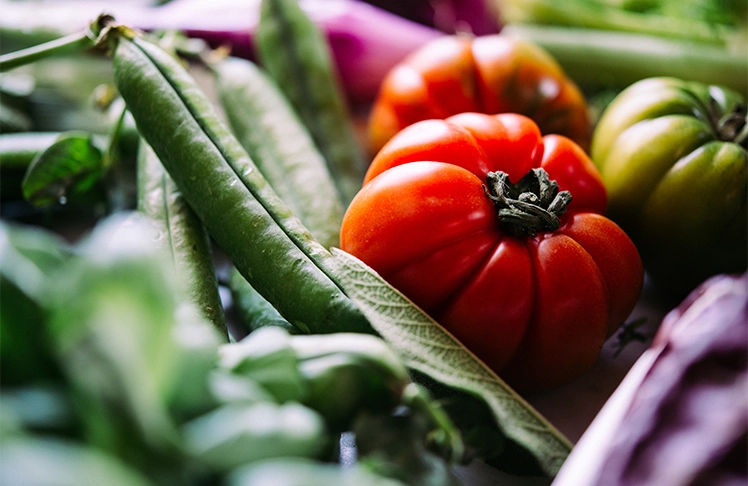
By Sydney Goitia-Doran, The Seattle Medium
As part of its 2025 Strategic Climate Action Plan (SCAP), King County is looking to expand its Farm to Food Bank (FTFB) program, which aims to reduce food insecurity while strengthening local food systems and cutting food waste. The new plan, which was sent to the County Council on June 11, will scale the program to meet growing demand and strengthen regional food systems.
FTFB connects Washington farms with hunger relief organizations to ensure fresh, local food reaches residents in need. Between 2020 and early 2025, the state’s Food Assistance program funded the effort, providing materials for cleaning, processing, and packaging donated food. With that funding now gone, King County officials say there is strong community support for bringing the program back.
According to Michael Lufkin, local food economy manager for King County, the revival and expansion of the program is based on positive feedback from the community collected over the past 18 months.
“As we’ve gone and done these listening sessions, this program is mentioned more than any other topic,” Lufkin said. “The farm community really loves this idea of partnering with hunger relief organizations to make sure that the food that they grow is available to all residents of the county.”
Rather than running a single unified program, King County currently supports several separate efforts to connect local farms with food banks. Some initiatives are community-driven, like Growing for Good, which launched in 2020 and relies on community donations to fund fresh food purchases.
Other initiatives are led by public agencies that secure federal and state funding, which is then passed through nonprofits to buy fresh food from regional farmers. One of these nonprofits is Harvest Against Hunger, which works to ensure equitable access to healthy food statewide.
David Bobanick, Executive Director of Harvest Against Hunger, said the FTFB program’s community-centered model ensures that culturally familiar foods are distributed, increasing their use and impact.
“If you walk into a hunger relief organization, and you have no idea what to do with that dragon fruit or a bitter melon, then you’re likely not going to use it,” Bobanick said. “So we try to make sure that the hunger relief organizations are partnering with growers who are growing things that the community being served by the hunger relief organization wants, knows about, and knows what to do with.”
Another benefit of the program is that it provides a market for farmers to donate extra crops that might otherwise go to waste.
“Food justice is a really good context for this, because food justice has to happen on both sides of the equation,” Bobanick said. “We especially need to support small-scale growers, because it is so frightfully expensive to try to farm here in King County and to try to have that as a business.”
Lufkin said finding reliable funding is complex, especially with changes in federal government support presenting potential barriers. This uncertainty can create challenges for growers who rely on guaranteed funding to plan for what crops to grow each season.
“Ideally what would happen with this program is that we would have this consistent funding that we and our partners knew was going to be available from year to year to year,” Bobanick said. “And then that allows us to make that programming so much more efficient, because then the growers can get the money as early in the season when they’re starting to plan.”
“So, we’ll be looking for opportunities at the state level that could provide longer-term, sustainable funding, and then we’ll look at the opportunities to work with partners like the Growing for Good collaborative to continue to grow and scale those kind of community-focused models,” added Lufkin.
Regardless of where the money comes from, King County and Harvest Against Hunger are preparing to invest in the FTFB program for the good of the community. Bobanick says the value in this program comes from the long-term impacts of providing nutritious food to the community.
“Making sure that we’ve got the highest nutrient-dense food that we can available to folks is going to be really important when it comes to those longer-term impacts,” Bobanick said. “So there’s the quantitative, how many dollars, how many pounds, how many people, but there’s also that qualitative, what is that longer-term impact? Like, how does having access to healthy, nutritious produce that you are familiar with enhance the lives of people in King County?”
The proposal now awaits County Council consideration as part of King County’s broader efforts to build resilient, community-centered food systems for the future.



